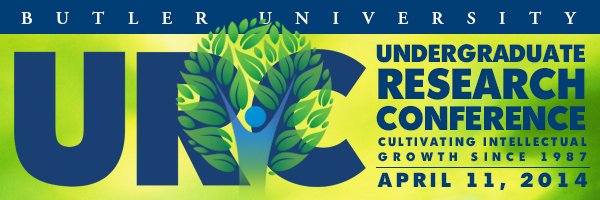
Art History
Art, Power, and Politics: The Construction of Cave 156 at Dunhaung and the Zhang Family
Document Type
Oral Presentation
Location
Indianapolis, IN
Subject Area
Art History
Start Date
11-4-2014 11:00 AM
End Date
11-4-2014 12:00 PM
Sponsor
Mandy Jui-man Wu (Hanover College)
Description
As one of the largest, oldest and best-preserved cave temple complex in China, the Mogao caves at Dunhuang have been one of the focus points in Buddhist arts. A series of wall paintings with mixed Chinese and Tibetan styles in Cave 156, however, has not been studied thoroughly. This cave was constructed in 861 by Governor Zhang Huaishen. By examining visual and documentary evidence, this paper aims to explore how Buddhist art making was associated with both local and imperial political powers. The period in which the cave was built is marked with drastic changes in both local and imperial politics. The Tang Empire, weakened after the An Lushan rebellion, lost control of the Dunhuang region to the neighboring Tibetan regime (Tubo), and later the local warlords of the Zhang family took over. All of these developments are reflected on the wall of Cave 156, from making life-size donor portraits that indicate the Zhang family political and military power, to constructing Buddhist images that exhibits an adoption of Tibetan art style. This research suggests that the changes in styles and contents of wall paintings in Cave 156 are reflective of political and social developments of its time: namely, the fall of the central Tang government, the emergence of Tubo as a regional power, and the growing independence of Dunhuang under the Zhang family.
Art, Power, and Politics: The Construction of Cave 156 at Dunhaung and the Zhang Family
Indianapolis, IN
As one of the largest, oldest and best-preserved cave temple complex in China, the Mogao caves at Dunhuang have been one of the focus points in Buddhist arts. A series of wall paintings with mixed Chinese and Tibetan styles in Cave 156, however, has not been studied thoroughly. This cave was constructed in 861 by Governor Zhang Huaishen. By examining visual and documentary evidence, this paper aims to explore how Buddhist art making was associated with both local and imperial political powers. The period in which the cave was built is marked with drastic changes in both local and imperial politics. The Tang Empire, weakened after the An Lushan rebellion, lost control of the Dunhuang region to the neighboring Tibetan regime (Tubo), and later the local warlords of the Zhang family took over. All of these developments are reflected on the wall of Cave 156, from making life-size donor portraits that indicate the Zhang family political and military power, to constructing Buddhist images that exhibits an adoption of Tibetan art style. This research suggests that the changes in styles and contents of wall paintings in Cave 156 are reflective of political and social developments of its time: namely, the fall of the central Tang government, the emergence of Tubo as a regional power, and the growing independence of Dunhuang under the Zhang family.
